5. Freaks
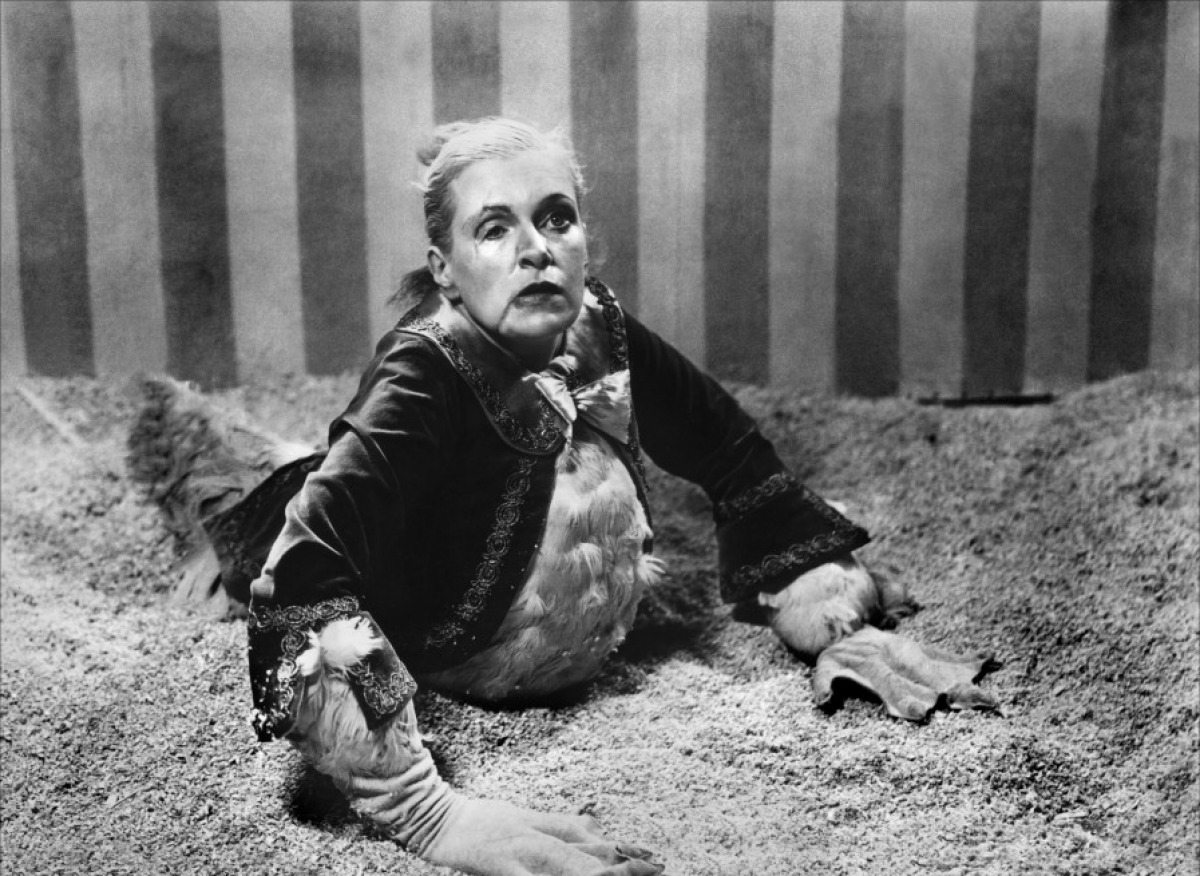
Tod Browning’s 1932 horror movie Freaks is one of a kind. A horror film on the surface featuring some genuinely chilling imagery (this was made in Hollywood’s pre-Code era where the rules were lax – a goldmine for some of the best pre-war movies Hollywood made), it’s also a strangely haunting, moving meditation on judging by appearances and the nature of evil.
A tale of love, betrayal and revenge, Freaks features an ensemble cast of real life freak show performers which includes a human skeleton, bearded lady, armless woman and several microcephalics, otherwise known as pinheads. One of the strangest films ever made, the only existing cut available for viewing runs at just over 60 minutes, with the full 90 minute cut now unfortunately lost forever.
In spite of the cuts, Freaks is a mesmerising film featuring one of the most memorable and disturbing conclusions in cinema history. It also ushered in the famous quote, “One of us! One of us! Gooba gobble gooba gooble!”, referenced several times in pop culture, from the song by The Ramones “Pinhead” through to Martin Scorsese’s The Wolf Of Wall Street.
4. Taxidermia
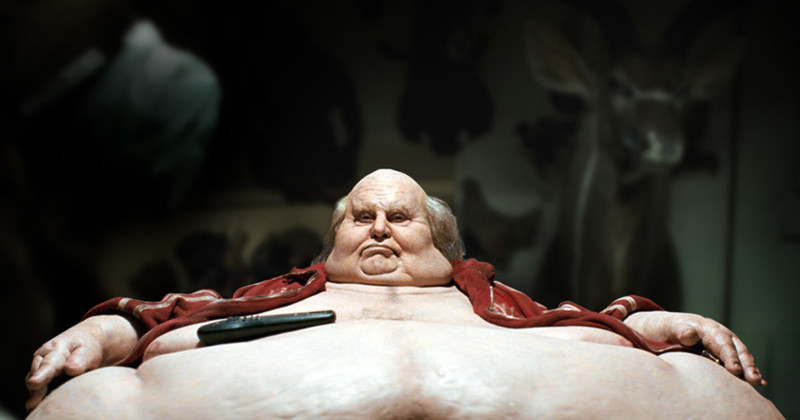
György Pálfi’s Taxidermia tells the history of Hungary from the Second World War to the present day, via the Cold War, through the use of metaphors elaborated in the experiences of three generations of men. At times difficult to watch, it’s nevertheless an hallucinatory foray into Hungary’s cultural and political history.
Taxidermia begins at a remote military outpost, where downtrodden orderly Morosgoványi Vendel discovers he has the ability to shoot fire from his penis, before impregnating his lieutenant’s wife in a dream only to wake up to discover he’s having sex with a slaughtered pig.
Decades later his son, Balatony Kálmán, has grown up to become a champion speed eater. His own son Lajoska practises taxidermy, who despairs with life and decides to make his suicide a bold statement.
Pálfi’s assured direction brings together these disparate elements to form a beautifully horrific allegory of Hungary’s recent history. It is a uniquely realised film which plays with body horror tropes – and all the excrement a bodily fluids you can think of – to disturbing effect.
3. Rubber
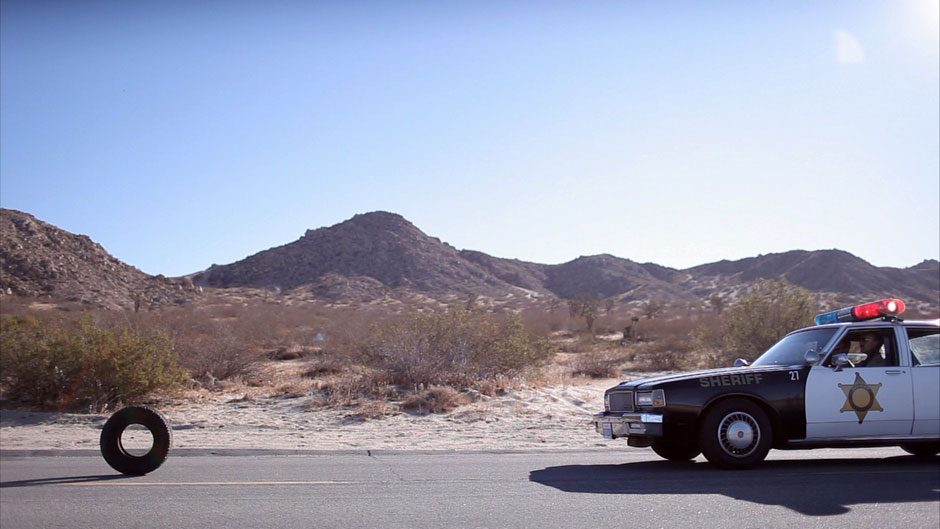
Quentin Dupieux’s 2010 film Rubber is the quintessential meta-movie. It takes the comedically outlandish notion of a possessed rubber tyre on a killing spree, using telekinetic powers to explode the heads of its victims, and wraps it around a framework of onlookers (equal parts bemused and fascinated) who comment on the “film” they – and we – are watching.
An ode to the cinematic philosophy of “no reason”, in which anything which happens in a movie can be explained because it’s only a movie, Rubber is undoubtedly one of the oddest horror comedies ever made. Dupieux is sensible enough to realise the running gag has its limitations, and Rubber’s short run time means the joke doesn’t wear too thin.
The meta elements certainly save Rubber from feeling like a short film which has outstayed its welcome, embellishing the horror concept with an interesting take on the permissiveness of movie audiences, imbued with a lighter tone than other more transgressive films which tackle cinematic violence such as Michael Haneke’s Funny Games.
Whereas Haneke went for the jugular, Dupieux goes for the funny bone.
2. Little Otik
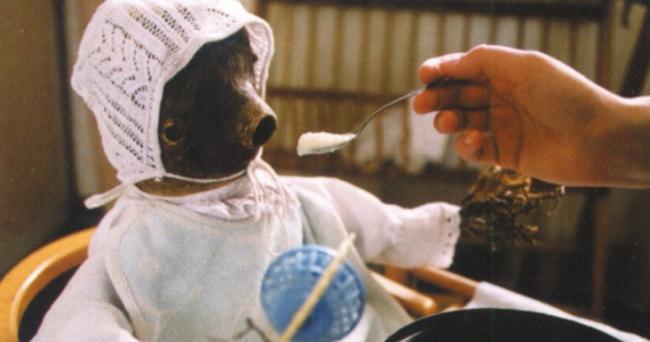
Czech filmmaker Jan Švankmajer has done more to inspire surrealist animation than perhaps any other filmmaker, his films influencing the likes of Terry Gilliam to explore and create bizarre, tactile worlds constructed in a mish mash of styles.
Švankmajer frequently blends live action, stop motion, puppetry and other techniques to create vivid and unusual stories, not least in Little Otik. When a couple realise they are unable to have children of their own, the husband unearths a knotted bit of wood from the garden which resembles a child and cleans it up for his wife. Otik miraculously comes to life, and before long begins to devour innocent postmen and social workers.
Adapted from the fairy tale Otesánek by K.J. Erben (Švankmajer frequently drew upon classic tales and myths for his films), Little Otik is a masterpiece of darkly comic animated surrealism which offers an alternative take on disturbed parenthood to the one offered in films like David Lynch’s Eraserhead.
1. The Hourglass Sanatorium
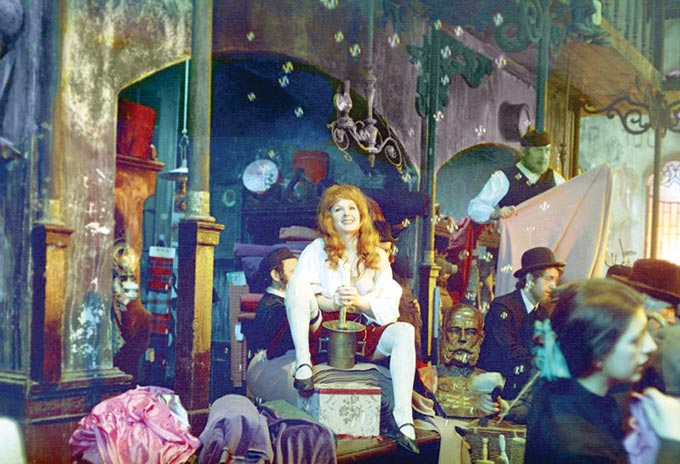
In Polish director Wojciech Jerzy Has’s loose adaptation of Bruno Schultz’s story Sanaturium Under the Sign of the Hourglass, a young man named Josef (played by Jan Nowicki) enters a sanatorium to visit his father, only to find himself drawn deeper into a mystical place in which time becomes distorted and his subconscious memories emerge as new realities to confront.
The Hourglass Sanatorium is perhaps one of the most critically acclaimed – and underseen – surrealist movies out there. It picked up the Jury Prize at the 1973 Cannes Film Festival, despite concerted efforts on the part of the Polish authorities to prevent its screening (they considered it to be overtly critical of the failings of the Polish state).
Has captures the poetry of the source material through captivating use of vibrant imagery, just as the colourful characters Josef encounters animate the allegorical subtext of childhood guilt and adolescent sexual fantasies.
It doesn’t take long into a screening to see where the critical acclaim came from – this is visually sumptuous fare, with superb production design and smooth, wide-angled camerawork capturing the decaying mental landscape of the protagonist via the means of symbolic and iconic imagery.